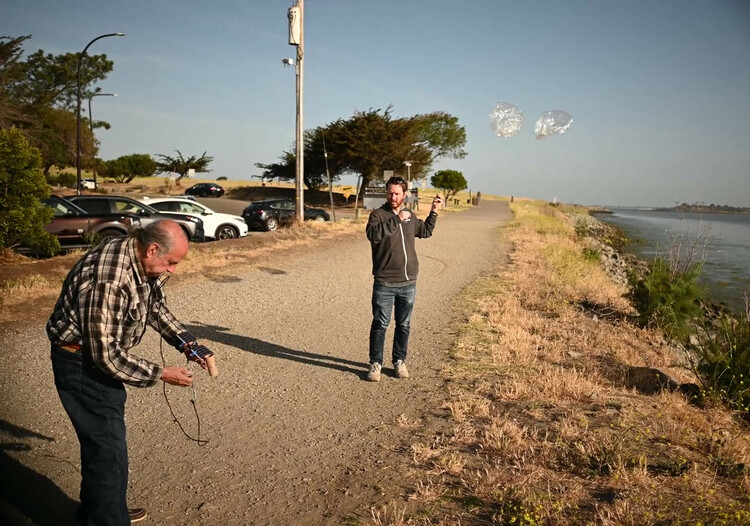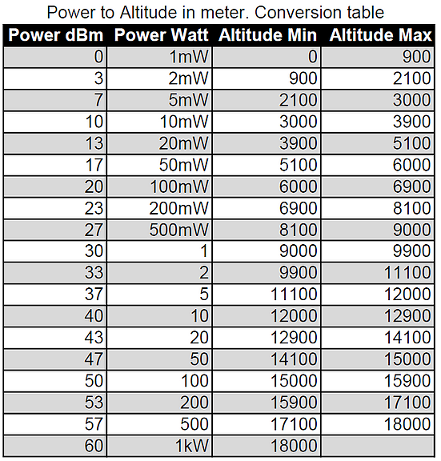We launched again on Monday, September 20th, 2021, from our usual spot in the Berkeley Marina. The launch party was Martin W6MRR and Robert K6RGG, and the launch time was a bit later than usual at 11:30am Pacific time (1830 UTC). The picoballoon did not wake up on launch day. After our previous halfway around the world picoballoon, we were a bit dismayed to have another failed launch.

But the following day it woke up! The picoballoon was meandering out in the Pacific Ocean in gridsquare CL79, somewhere between 9,900 and 11,100 meters (32.5k to 36.5k feet). While this is higher than most of our previous picoballoons, our ideal altitude is above 11,100 meters, which is higher than most bad weather but still in the jetstream.
Something was definitely wrong with the tracker, because on Tuesday Sept 21st we only received a total of 7 packets from KFS and KPH (pdf). These two stations have have huge antennas right on the California coast near San Francisco, with excellent receivers. I ran a Hysplit prediction ...
Read More →











